The planet is burning
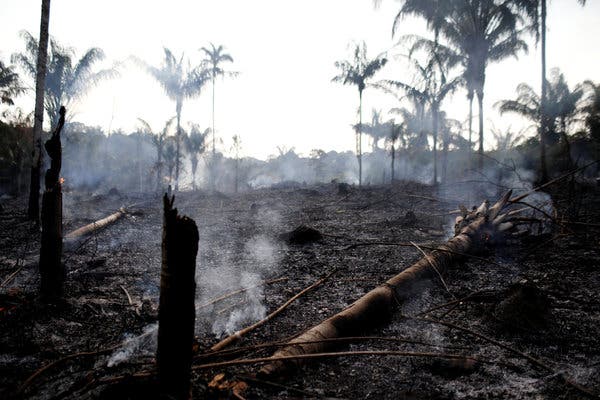
United States Forest Service [Public domain]
“The Amazon is the world’s largest rainforest. Right now, it’s on fire.”
August 29, 2019
The Amazon is the world’s largest rainforest. It is home to more than half of the world’s 10 million species of plants, animals and insects as well as a number of groups of indigenous people. About 60 percent of the forest lies in Brazil, whose constitution recognizes large portions of the forest as belonging to the Native populations. Every year, the forest takes in about two billion tons of carbon dioxide—a major greenhouse gas contributing to global warming—and releases enough oxygen and water vapor to significantly impact the weather patterns of all of South America.
Right now, it’s on fire.
During the first eight months of 2018, there were 40,000 forest fires recorded in the Amazon in Brazil. In the first eight months of 2019, there have been more than 75,000 forest fires; an increase of 85 percent. Many regions in northern Brazil have had an increased number of forest fires, including Roraima, Acre and Rondônia. In 2018, a total of 2,910 square miles were lost. Already this year, more damage has been done. Just between Jan. 1 and Aug. 1 of this year, 3,571 square miles of forest were lost—that’s about the size of Yellowstone National Park. So, why the sudden acceleration?
Though natural forest fires happen more frequently during the July to November dry season, the majority of these fires are not of natural origin. In fact, it’s very difficult for natural fires to occur in the Amazon; generally, these forest fires are started by human hand. Controlled fires are commonly used to clear land for farming or logging, and during the dry season, these can get out of hand fairly easily. Had this year’s drought mimicked those of the past few years, the fires would be even more frequent and significantly more difficult to control. Typically, concerned citizens would at this point rely on active government response. Unfortunately, little reassurance has come from Brazilian President Jair Bolsonaro.
Bolsonaro campaigned on the promise to loosen protections for indigenous lands, encouraging farmers to clear out forest space for agricultural use. By taking power from the National Indian Foundation (the indigenous affairs agency) and transferring it to the Ministry of Agriculture, Bolsonaro claimed he hoped to boost the country’s struggling economy. The Brazilian Ministry of Agriculture, with its interests in the agriculture business, has been after the indigenous lands for a long time. However, it is believed the government’s actions stem from long-held prejudices against the indigenous people, as impeding on the protected lands would not be the most efficient way to boost the agricultural economy. Many environmentalists and scientists have suggested the Brazilian government encourage proven hyper-efficient farming techniques on areas that have already been cleared to increase productivity. Instead, after Bolsonaro was elected, one of the first moves he made was to prepare a proposal to allow the Ministry of Agriculture “rent” indigenous land and convert it to crop-lands and pasture, an unconstitutional act.
Bolsonaro’s lack of concern for the Amazon has caused feuds between both environmental groups and foreign governments, as these groups demand he do more to protect the rainforest. One of the international conflicts that gained the most attention involved the French President Emmanuel Macron. Last week, President Macron declared the Amazon forest fires a global crisis to be discussed at the Group of 7 summit that concluded on Monday. Bolsonaro responded with hostility, accusing Macron of having a “colonial mindset” and suggesting he stay out of Brazil’s business. To this, Macron responded by accusing Bolsonaro of not having his country’s best interests at heart. This feud became increasingly more hostile and arguably less diplomatic as the world’s attention was focused on the dramatic barrage of tweets between the two. What shouldn’t be forgotten, however, is the original source of this conflict. Why should the Amazon fires be considered a global crisis?
As the “lungs of the planet” burn, massive amounts of carbon dioxide are being released into our atmosphere, contributing to global warming. Giant dark clouds of smoke drift from the Amazon into the skies of surrounding countries like Paraguay and Bolivia, concerning citizens. And that concern is justified; animated maps NASA has released show increasing levels of carbon monoxide spreading out and blanketing most of South America. Carbon monoxide is a poisonous gas that can linger for up to a month, and though the clouds are currently too high up in the atmosphere to be inhaled, that can easily be changed with a few strong gusts of wind. Should those gases come down, they will significantly degrade the air quality to the point where it could be seriously harmful to the populations breathing it in.
Though the Amazon has been in the spotlight recently, it’s not the only forest on fire right now; wildfires have set Siberia ablaze. In two months, 17 million acres of the world’s largest forest have been burned. Initially, the Russian government announced they would not take efforts to douse the fires as it would cost too much, but since then, President Vladimir Putin has declared the regions Krasnoyarsk and Irkutsk in a state of emergency. Armies with manpower and equipment have been sent in to put out fires, but the forces were massively overwhelmed with the extent of the flames. The 3,000 firefighters and 24 aircrafts sent in managed to put out four percent of the forest fires. The origins of these fires were, once again, due to human hands. Natural fires occur in the Arctic during the dry season, but many of these fires were started by people along the region’s logging roads, often by cigarette butts.
The impacts of the fires in Siberia are nearly identical to those of the fires in the Amazon. Over 100 megatons of carbon dioxide have been released from fires in the Arctic; the gas coming from both burning trees and melting permafrost. The permafrost, which stores much of the carbon dioxide released on Earth, is at risk of melting due to heightened exposure to sunlight because of holes in the ozone layer caused by air pollutants. Russia is now also having to deal with smoke plumes from the fires degrading their air quality. The millions of hectares of trees burning in the world’s largest forest are significantly increasing the carbon levels, which contribute to global warming.
While everyone has been focusing on the forest fires, they aren’t the only natural disasters that have been getting exponentially worse every year. Storms have been larger and stronger, summers longer and hotter, the tides higher and the glaciers smaller. This forest fire season is yet another example of why it’s so important for everyone to acknowledge climate change as being both very real and very much a threat to our planet as it’s known today. Someone needs to come up with a solution, and it certainly doesn’t need to be a teenage girl writing for her school newspaper, but until those who were elected into the positions responsible for dealing with their country’s problems do something, here’s an idea: find someone who’s up for the responsibility of the position. It won’t be long before going back to a healthy planet won’t be an option, so while there is time, major policy changes need to be put in place with consequences for those who profit off of the destruction of the world.
Editor’s note: The author of this piece asked for their name to be removed due to safety issues following their graduation.



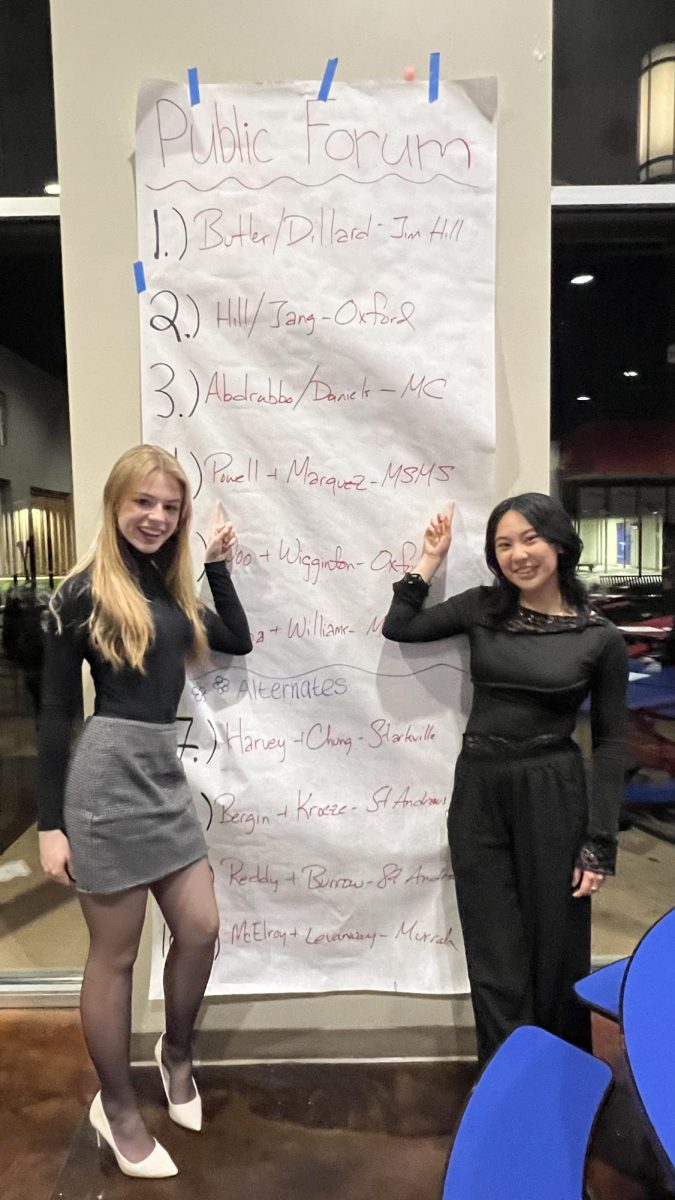

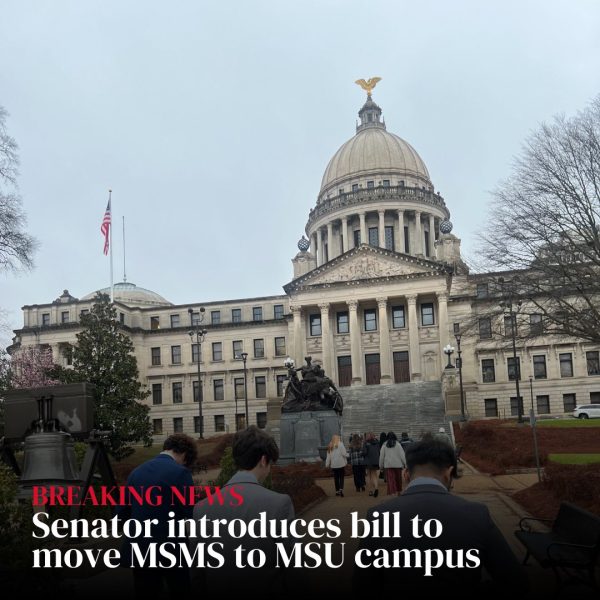

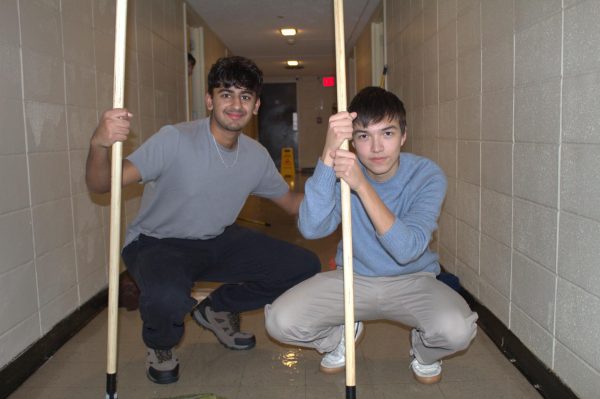
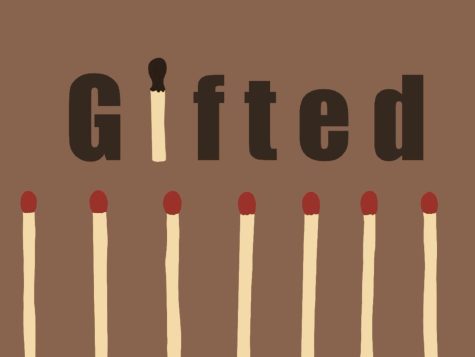
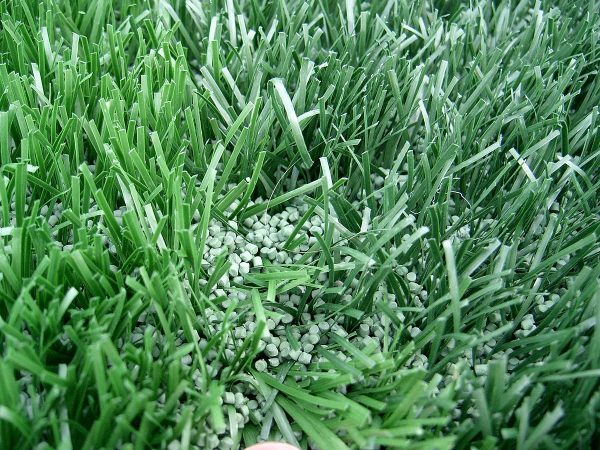
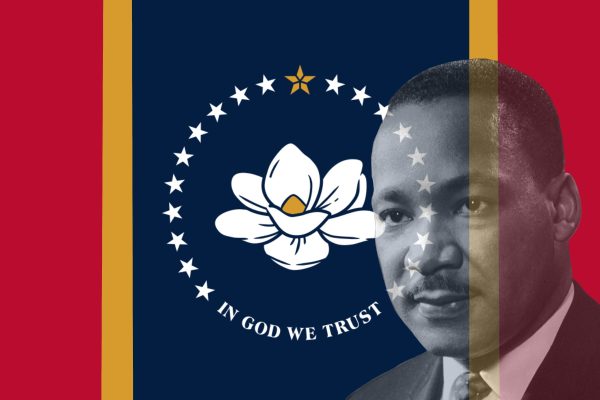

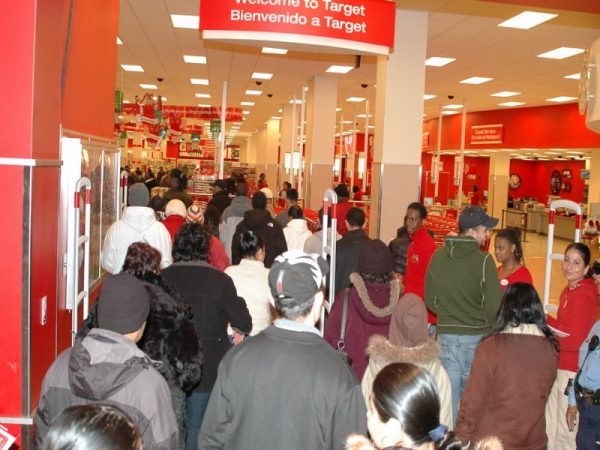
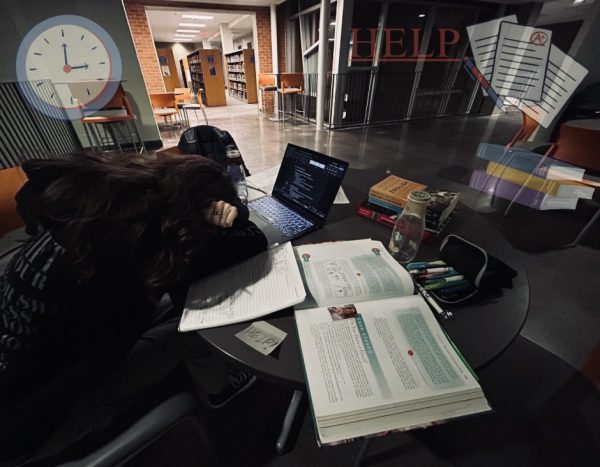




Michelle Allee • Sep 1, 2019 at 3:13 pm
Incredible article and so well written. Thank for for enlightening me.